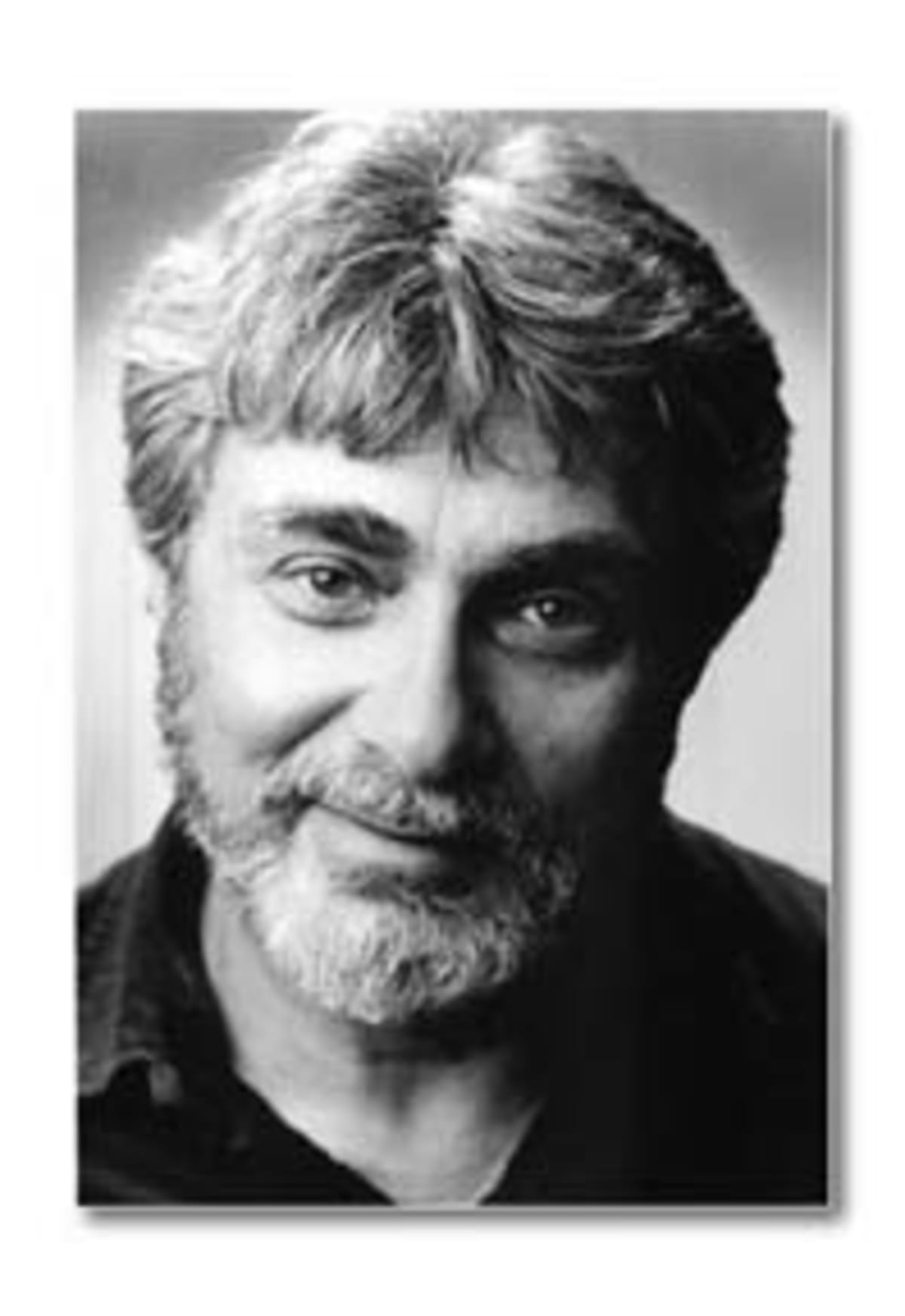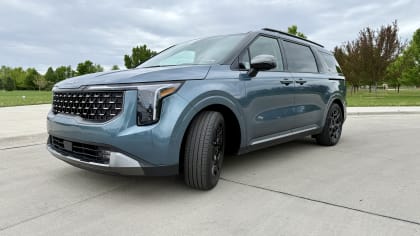Volvo Environmental Concept Car
Published on Fri, Jul 3, 1992
By: Len Frank
Driving the Future
Len Frank on the Volvo ECC. Originally published in European Car magazine in 1992.

Volvo has introduced its first hybrid. Hybrids (electric cars that carry their own generating plants) are not a new idea. They are as old as the century—Ferdinand Porsche, the old Doktor, built his first car for Lohner in Austria, a battery powered electric. His second car, also built for them, was a hybrid (called “mixte”) coincidentally, like the Volvo, front wheel drive. That was 1902.
Most of the railway locomotives in this country are diesel-electric hybrids. More recently, the city of Los Angeles wasted a few million dollars producing a stillborn hybrid called the LA301. During the last energy crisis Cushman (as in motorscooters and golf carts) built and drove a slickly-styled six-wheeler from the midwest to Los Angeles, and a thorough-going “con” man was promoting a thing called the Second Millenium Cruiser (using a WWII surplus 24 volt aircraft generator and an antique Chinese “Swan” diesel). There are a half-dozen hybrids, conversions of production vehicles, available today.
The ECC is built on a Volvo 850 platform—front wheel drive, struts in front, delta-link rear suspension. The hybrid power train–gas turbine, generator, electric motor, two-speed automatic, inverter, regenerator—is mounted up front in the space usually occupied by the compact 2.5 liter DOHC five and its automatic trans.
Back to the Volvo ECC. I may be the first journalist to have driven it more than a few feet and the only one to experience it running with the turbine on.
The ECC looks like a show car and certainly has had more than a few starring roles in auto shows (its first U.S. appearance was at Paramount Studios in Hollywood), but it’s a car with very serious intent. Body was designed at Volvo’s concept center north of Los Angeles, fabricated in aluminum in Sweden. Upholstery is in an unusual (and pleasant) cork-faced fabric with a feel somewhere between suede and “panty cloth”.
Volvo has spent considerable time calculating its total environmental impact on the world. Total impact depends on how the electricity is generated (hydropower=no pollution, fossil fuel=potential high pollution, nuclear=?), what the recycling infrastructure might be, and the actual production volume of what are currently expensive items—turbine and batteries especially.

Under its highly styled, low drag (.23Cd) shell, Volvo’s ECC has a gas turbine (currently running on diesel fuel—it can use many others) driving the very compact, very high speed generator that will either charge the NiCad batteries, drive the electric motor, or a combination of the two.
The ac generator, driven off the main shaft of the turbine, was actually the key to the car. Exceptionally compact, it relies on very high speeds (the turbine idles at 54,000 rpm, operating speed 90,000) to produce the power for driving the motor and recharging the batteries.
On the road: starting—actually turning on—the ECC is as simple as turning a key, waiting for a red light to go out and green to appear, then turning the rotary transmission selector to “D”. Underway the ECC has that eerie silence that we have come to expect from pure electrics. Performance is leisurely, but the only real difficulty is overcoming the reluctance of the technician/fabricator who is along to make sure that I don’t abuse his baby.
The turbine starts easily—it can be lit off while driving under battery power. With the turbine running, noise level is still low but at least there is some announcement of its presence. However, we started out on batteries alone. Volvo says 0-60 is in the 22+ second range using just battery power.
The ECC is about 300 lbs heavier than an equivalent Volvo 850, maximum power is about 95 bhp, continuously available power about 76 (the 850 has about 170 bhp)—not exactly a favorable power-to-weight ratio. But electrics have excellent torque characteristics and for normal urban traffic driving, especially in dense traffic, the ECC seems adequate.
With the turbine running (the turbine is used only to drive the generator—it never powers the wheels directly), acceleration improves considerably to just over 0-60 in 13 seconds, hillclimbing is normal, the chassis dynamics begin to make themselves known, the Volvo engineer/technician begin to scowl, worried about the ECC’s very special low-drag tires, and things slow back down. There was no opportunity to explore the characteristics of the special Goodyears.
Regenerative braking was arranged to give a normal compression braking feel when the foot is removed from the accelerator—it increases with increased pedal pressure. The ECC is equipped with ABS.
Volvo lists the top speed as as about 110 mph, range, at a steady 55 mph, with a full load of diesel in the tank, as about 415 miles. On batteries alone, at constant speed, under the most ideal conditions, about 90 miles. That drops to a bit over 50 miles in city driving at 80% power.
The turbine and generator are the first things noticed under the hood. The turbine, with a single stage compressor and single stage drive turbine, incorporates a ceramic heat exchanger to pre-heat intake air and recapture exhaust energy.
The electric motor is under the the turbine and drives the front wheels through a two-speed automatic. Batteries occupy the central tunnel and the areas fore and aft of the rear suspension. The inverter is right where you would expect the radiator, and is water-cooled furthering the illusion. Development is continuing on the drivetrain and batteries—the two speed auto is expected to be replaced by a single speed (and reverse) box. In fact, if the ECC program has a slogan, it might well be “development is continuing.” Volvo is very serious about this.
The ECC does not meet the Zero Pollution Vehicle (ZPV) standards mandated by California for 1998, but it does present a reasonable alternative to the conventional internal combustion vehicle. Many of its features—design for recycling especially–are just as well suited to IC cars, and it’s not too farfetched to predict low aero drag, low rolling drag lightweights in new car showrooms.
Top image: Volvo’s ECC Environmental Concept Car (Volvo media image)

The late Len Frank was the legendary co-host of “The Car Show”—the first and longest-running automotive broadcast program on the airwaves. Len was also a highly regarded journalist, having served in editorial roles with Motor Trend, Sports Car Graphic, Popular Mechanics, and a number of other publications. LA Car is proud to once again host “Look Down the Road – The Writings of Len Frank” within its pages. Special thanks to another long-time automotive journalist, Matt Stone, who has been serving as the curator of Len Frank’s archives since his passing in 1996. Now, you’ll be able to view them all in one location under the simple search term “Len Frank”, or just click this link: Look Down The Road. – Roy Nakano




